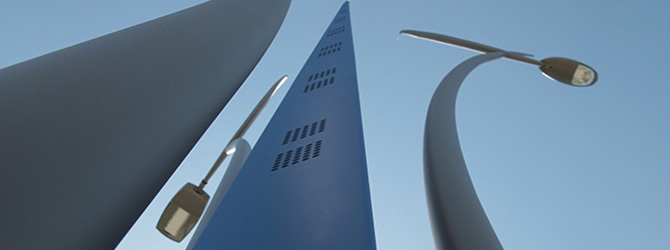
GHG emissions?
GHGs are the sum of seven greenhouse gases that play a direct role in global warming.
- (CO2) carbon dioxide
- (CH4) methane
- (N2O) nitrous oxide
- (CFC) chlorofluorocarbons
- (HFC) hydrofluorocarbons
- (PFC) perfluorocarbons
- (SF6) sulfur hexafluoride
- (NF3) nitrogen trifluoride
direct greenhouse gas emissions

- All broadcasts directly on the company’s website
- Heating the zinc bath furnace for hot-dip galvanizing
- Heating of paint line, chemical conversion line, degassing oven, polymerization oven.
- Space heating
- Drum and base welder line
- Electricity for production line, slitting line, press brakes
- Space heating and cooling
- Computer workstation and server
indirect energy-related greenhouse gas emissions

- All emissions from energy production
- Emissions from gas production and electricity generation
Other indirect emissions

- Greenhouse gases from steelmaking (from ore extraction to blast furnaces)
- Gases from the extraction and refining of zinc used in hot-dip galvanizing
- Gases due to the extraction and transport of gas, and the oil used
- Powder coating production
- The manufacture of welding filler wires
- Delivery routes for masts
- Staff commuting to and from work
- Recycling production and packaging waste
The first eco-responsible step is to buy integrated French industrial manufacturing!

Drawing up a carbon balance sheet doesn’t help…If this approach is not linked to genuine introspection on how to limit emissionsCompostable mast packagingShort recovery circuits for end-of-life lighting columnsSolar power on tank farmsUse of residual heat (also known as waste heat)And first and foremost, a choice of local suppliers committed to low emissions or reductions.In the case of Conimast InternationalScope 1 is less favorable than a company using subcontracting for energy-consuming stages, with more emissions in situ.
When hot-dip galvanizing or painting is subcontracted, emissions are de facto switched to scope 3, and to scope 1 for Conimast.
Expense transfers (transport) related to this subcontracting are also included in scope 3.
The mass of CO2 emitted during the production of zinc steel covers up and masks the reality of the advantages of fully integrated production from coil to finished product on a site.
An office importing products from the other side of the planet will therefore offer a formidable scope 1!
And a scope 3 slightly different from a local company for emissions due to container transport.
It’s up to you to be vigilant and not let yourself be fooled by this largely perfectible and misleading SCOPE approach.